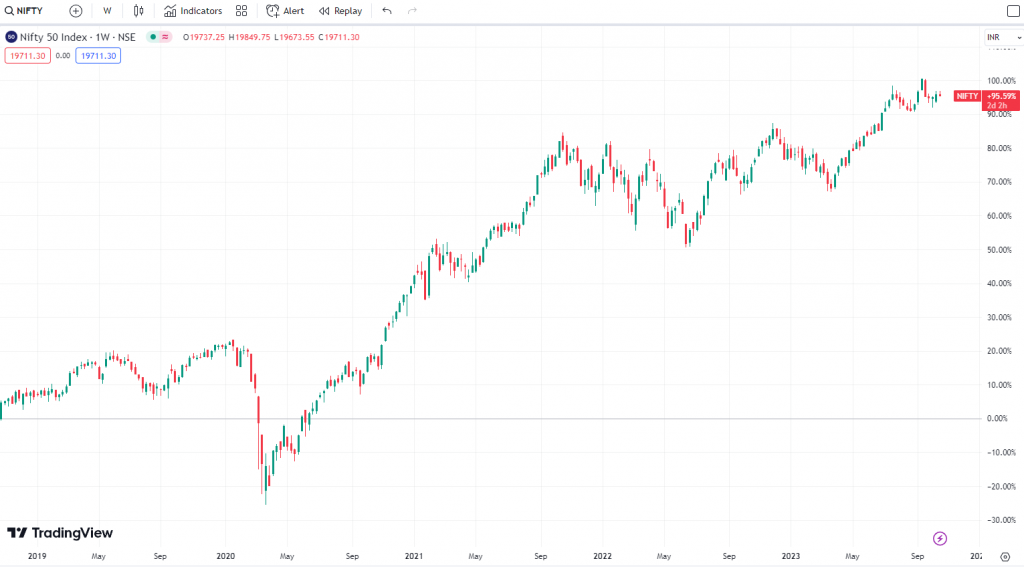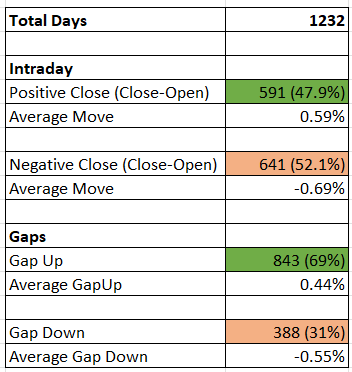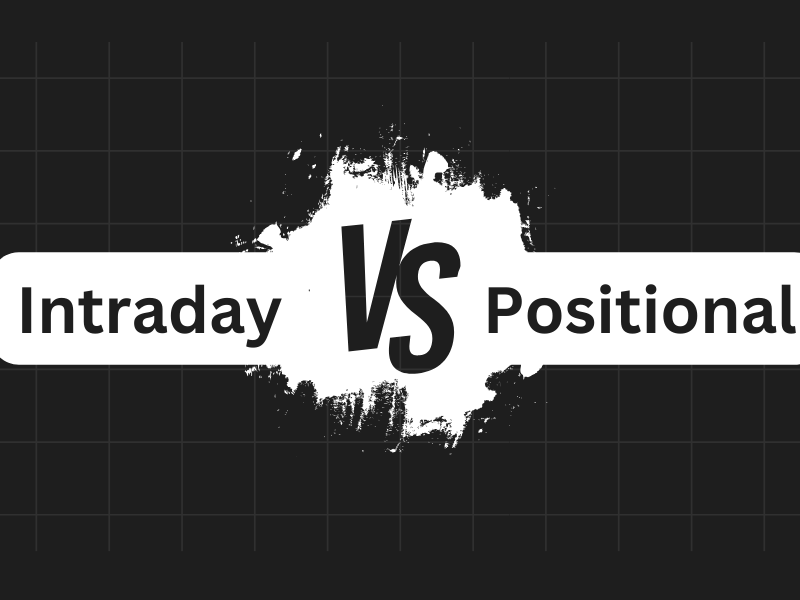
Intraday Trading
In the last 5 odd years, the Nifty index has experienced a growth of approximately 95%. However, a study from Mr Saket also revealed some interesting insights into the contribution of intraday and overnight sessions towards this growth.
According to his analysis, 47.9% of intraday sessions resulted in positive closes, where the closing price was higher than the opening price. On the other hand, the remaining 52% of intraday sessions resulted in negative closes. The average move for positive closes was 0.59%, while for negative closes, it was slightly higher at 0.69%.

Statistic Credits : Mr Saket (@saket1998)
This finding suggests that intraday trading requires exceptional skills, as the statistics indicate.
It is a tough game to navigate successfully, even for experienced market participants. Therefore, investors and traders should carefully evaluate their capabilities and potentially refrain from rushing into intra day trading without looking at the entire picture.
Overnight Gaps
Overnight gaps refer to the difference between the closing price of one trading day and the opening price of the next trading day. Mr. Saket’s analysis revealed that nearly 70% of trading days experienced a gap up, where the opening price was higher than the previous day’s closing price. Conversely, only 31% of trading days witnessed a gap down, where the opening price was lower than the previous day’s closing price.
The average gap up was 0.44%, while the average gap down was slightly higher at 0.55%. These figures suggest that overnight gaps have a positive impact on the market.
Considering these findings, it appears that researching strategies based on overnight gaps can lead to positive and interesting outcomes compared to intraday trading. This also demonstrates a positive expectancy, in contrast to the largely negative intraday impact on the market.

If you have any questions, please write to support@weekendinvesting.com









